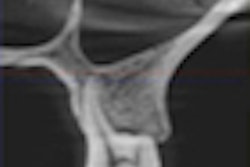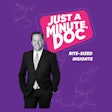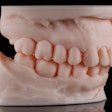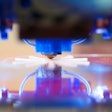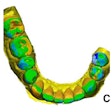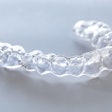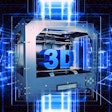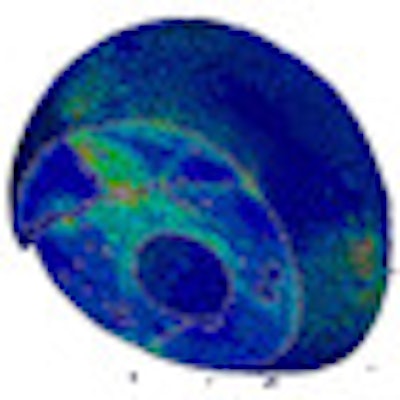
An international team of mathematicians, physicists, and engineers has found new ways to extract valuable information from the data obtained in CT scans.
The BIO-CT-EXPLOIT research project, begun in December 2009 and funded by the European Union through the 7th Framework Program, has led to modeling software for medical applications that will be used for bone implants, surgery, and tissue engineering.
Academic research and private companies involved in the project included Simpleware, InMatrixs, CADFEM, Skyscan, Vienna University of Technology, Universita Politecnica delle Marche, Politechnika Warszawska, and Hochschule für Angewandte Wissenschaften Hamburg.
"If we want to make the most of our x-ray data, we need to have an excellent understanding of the microstructure we are looking at," said project coordinator Christian Hellmich of the Vienna University of Technology in a press release. "We created detailed, voxel-specific computer models of biological tissue. That way we can gain information from the CT scans that has not been accessible up until now."
 Researchers involved in the EU BIO-CT-EXPLOIT project used finite element analysis to enhance a software prototype that allows a dentist to perform patient-specific simulations of an implant. Image courtesy of Vienna University of Technology.
Researchers involved in the EU BIO-CT-EXPLOIT project used finite element analysis to enhance a software prototype that allows a dentist to perform patient-specific simulations of an implant. Image courtesy of Vienna University of Technology.
The research team has pioneered concepts for extracting chemical information from the scans using micromechanical computer modeling. This information can then be converted into a 3D map of specific material properties, according to Hellmich.
"It is an unparalleled, highly reliable simulation tool for structural design purposes," he said. It should not be difficult to use the newly developed computer codes for real-life applications, he added.
"Our prototype tools are fully compatible and pretailored for commercial simulation packages and the software that comes with commercial CT devices," Hellmich said.
Software tool for dentists
CADFEM, one of the private research partners involved with the research project, offers a portfolio of software tools for numerical simulations, including finite element analyses and CAD. In the context of BIO-CT-EXPLOIT, CADFEM has enhanced a software prototype that allows a dentist to perform patient-specific simulations of a dental implant.
With this tool, a dentist can calculate the stress pattern around the implant in the mandible for getting information on potential mechanical overloading of the bone, the company noted. Previously, CADFEM modeled the mechanical properties of the bone tissue in a simplified manner and did not account for all effects (such as anisotropy, microstructure, correlation between gray values, and stiffness) of the real bone. With the new prototype, CADFEM can perform much more realistic simulations of patient-specific models.
InMatrixs, another private research partner involved with the project, was founded as an academic spin-off company by the Russian Academy of Science's Institute for Physical Chemistry of Ceramics. InMatrixs is a biomedical device and skeletal tissue engineering company that develops and manufactures medical products based on calcium phosphate.
The company's goal is to provide integrated and cost-effective healthcare solutions based on advanced tissue engineering concepts for regenerating damaged skeletal tissues, with particular emphasis on bone. The BIO-CT-EXPLOIT project has helped to unravel structure-property relations in InMatrixs ceramics and provided numerical tools to show the beneficial properties of these biomaterials.
The BIO-CT-EXPLOIT project concluded in December 2011.
"In only two years, we have accomplished our goals," Hellmich said. "The collaboration was very successful."






